On the shores of Lake Chuzenji, away from the hustle and bustle of Tokyo in the Tochigi Prefecture is Nikko; a national treasure filled with natural beauty and important UNESCO World Heritage sites. Its literal translation means “sunlight” so it’s no wonder the Japanese flock here to spend their holidays with its national forests, waterfalls, and hot springs. Its scenic lake-and-mountains landscape is reminiscent of my childhood family vacations growing up in California with summers spent at Lake Tahoe.
At Nikko’s sanctuary entrance stands the UNESCO World Heritage Shinkyo Bridge; a vermillion lacquered “sacred bridge” and the oldest bridge built over a gorge in Japan. It's considered god luck to make a wish while crossing, so of course I had to make this my first stop on our way to checking into the KAI Nikko., a luxury ryokan (traditional Japanese inn).
Arriving from Tokyo on a two-hour Tobu Nikko Line train ride (operated by Tobu Railway) to experience Nikko’s national treasures was on my bucket list, and as the Japanese say, "Never say kekkō until you've seen Nikkō" (kekkō meaning “a reflection of its beauty”). I was excited at the prospect of experiencing Japan’s famed mystical city.
Staying at a ryokan was another absolute must on my travel agenda, and KAI Nikko did not disappoint, with its luxurious tatami-mat-appointed rooms with Western influences, along with breathtaking views of Lake Chuzenji and Mount Nantai.
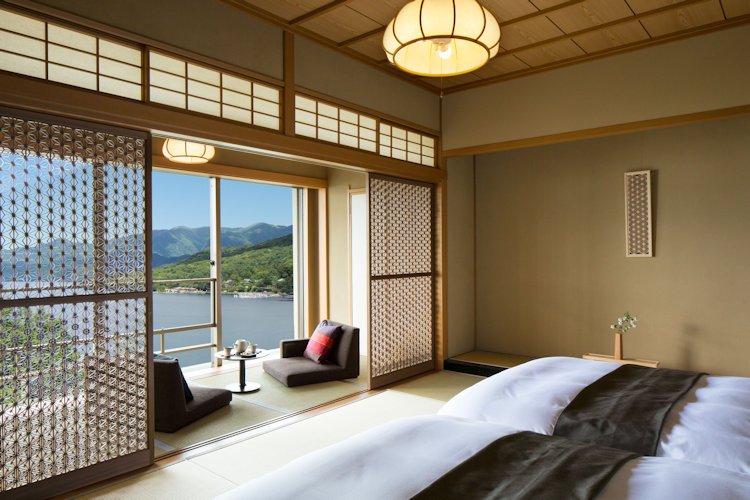
Every KAI property is a luxury boutique hot-springs ryokan brand of Japan's Hoshino Resorts, making them blissful destinations to take advantage of the therapeutic thermal waters and take part in the ancient Japanese bathing rituals still practiced today.
Ready to unwind at the beautifully landscaped open-air hot springs and traditional cypress baths, I was careful to abide by the “pre-bath rules” and engaged in the suggested stretches prior to taking the plunge into its skin-rejuvenating waters. The water is “alkaline, simple onsen,” drawing from the Oku Nikko Yumoto hot spring that dates back 1,200 years.
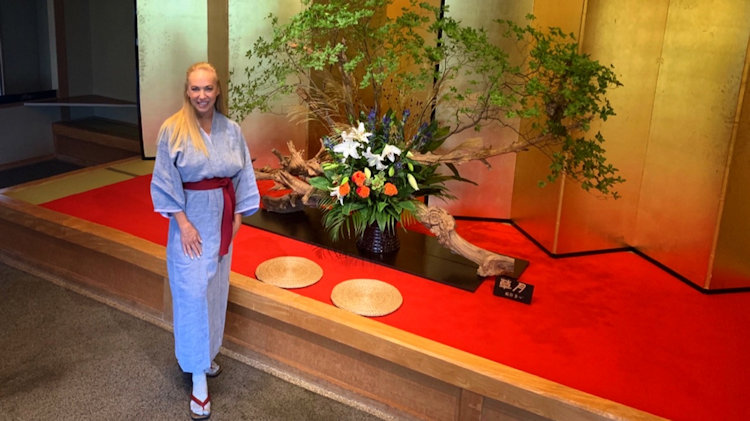
Assigned a yukata robe and setta (casual thong shoes) with tabi socks to wear at all times on property, it was so nice for a change not to think about what I was going to wear every day and enjoyed the hotel’s amenities taking full advantage of living in the moment.
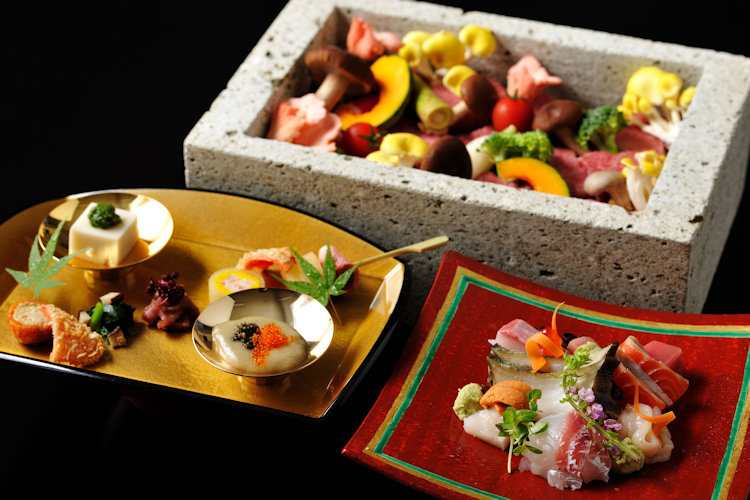
We enjoyed an array of Japanese gourmet delicacies, served in a private chamber overseen by ever-attentive hotel staffers. An outstanding culinary experience feasting on delectable, multi-course kaiseki meals, artistically presented and made with fresh seasonal ingredients.
After dinner, entertainment for KAI Nikko’s guests took center stage with an interactive Nikko-geta tale, learning the dance behind the charm of its Nikko-geta—the traditional wooden clog straw sandals that have been crafted in Nikko for 400 years.
With gorgeous sightseeing at every turn, we enjoyed panoramic vantage points of Nikko’s famous Kegon Waterfall. We first took in its equally stunning landscape from the paid platform accessible via a 100-meter elevator, feeling the waterfall’s spray standing close to the rail offering an up-close-and-personal perspective.
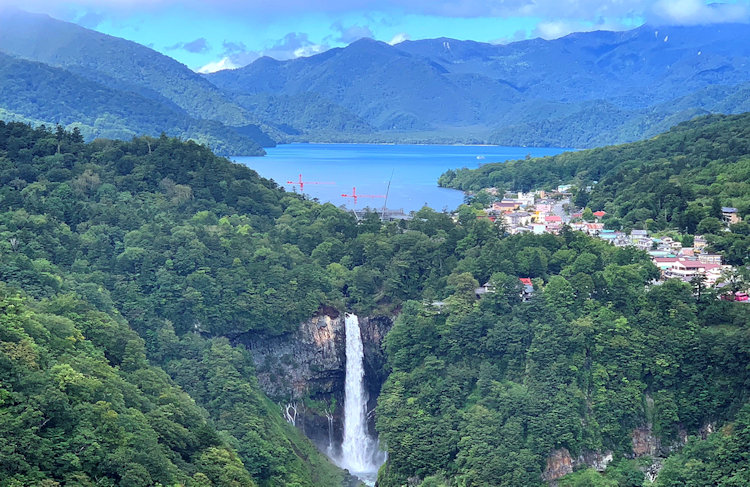
Then for a mind-blowing aerial shot we took a ride up to Akechidaira Observatory, accessible by ropeway from the Akechidaira Plateau for a comprehensive view with its stream flowing from Lake Chuzenji to the Kegon Falls, and Mount Nantai in the background; Nikko's sacred volcano, whose eruption blocked the valley below, creating Lake Chuzenji about 20,000 years ago.
More sightseeing musts include visiting the Nikko Toshogu World Heritage Shinto Shrine dedicated to the Tokugawa Shogun and samurai warriors and touring the Tamozawa Imperial Villa; a well-preserved former summer residence and retreat for the imperial family of Emperor Taisho.
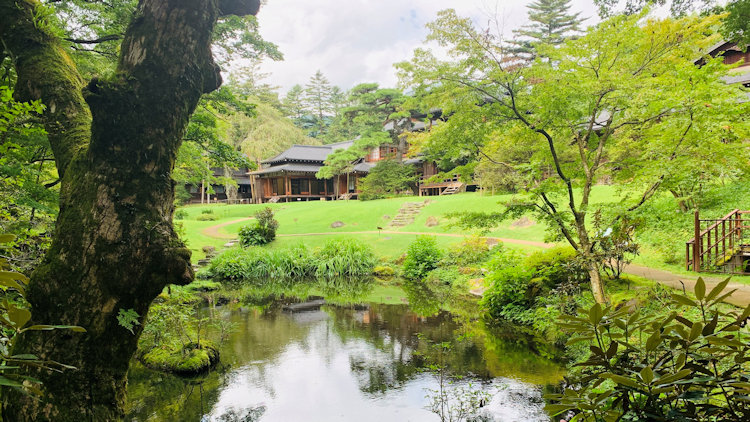
Located off the beaten path of Nikko sits Kanmangafuchi Abyss, a site filled with as much spiritual importance as it has beauty with its row of stone statues of Jizo; a Bodhisattva who cares for the deceased. Walking along the red-capped row of Jizo statues lined up along the abyss, I felt a sense of surreal calm from this sacred space. Melodic sounds of rippling water serenaded me, flowing from the Daiya river that runs East to West through the mystical city.
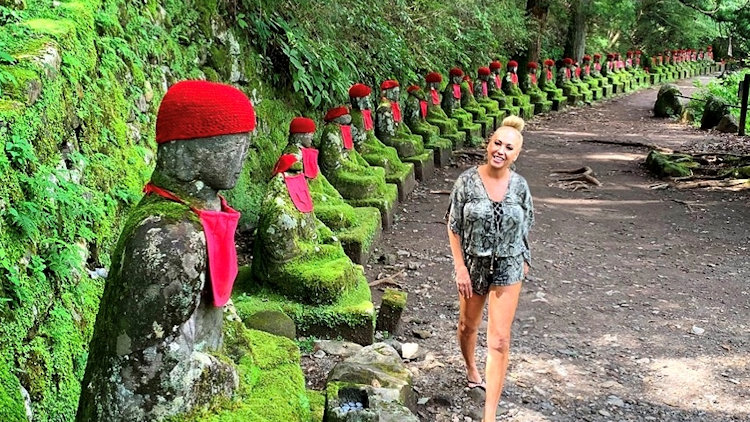
This tranquil setting served as my backdrop for reflection, seeing this magical destination’s “best of both worlds” history and natural beauty with open-eyes and fully appreciating its kekkō.
Linda Cooper is an award-winning TV host, producer, and writer also serving as a brand ambassador to worldwide travel on her national luxury lifestyle series Travel Time with Linda, as well as a contributor to several lifestyle and travel publications. Her specialties include television and in lifestyle publications include the travel; lifestyle; luxury; tourism; hotels; restaurants; food/wine; fitness; spas; and retail shopping industries. Season One of Travel Time with Linda aired in the USA on AXS TV Network, winning a 2018 Telly Award and is now available on Amazon Prime Video. Season Two featuring “Bucket-List Destinations” airs nationally Sunday mornings 8am ET on AXS TV Network and will be soon available on Amazon Prime.
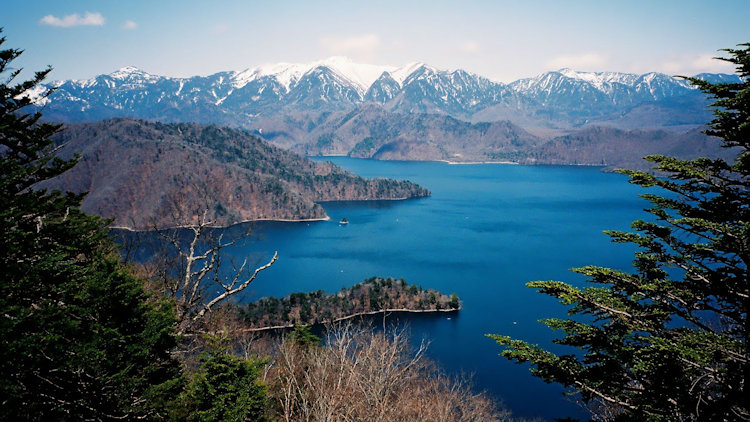
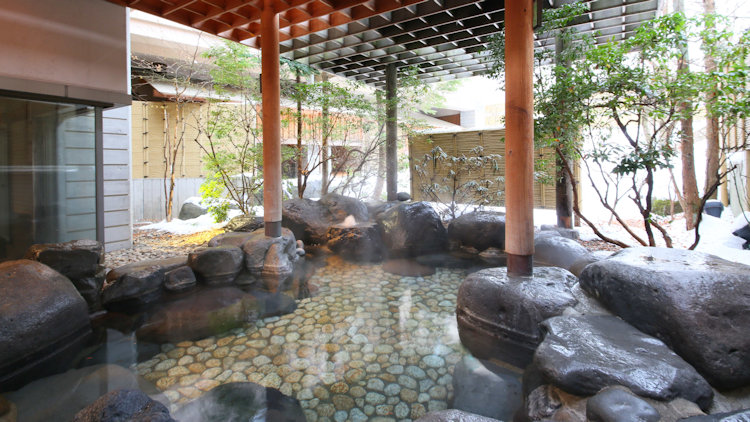
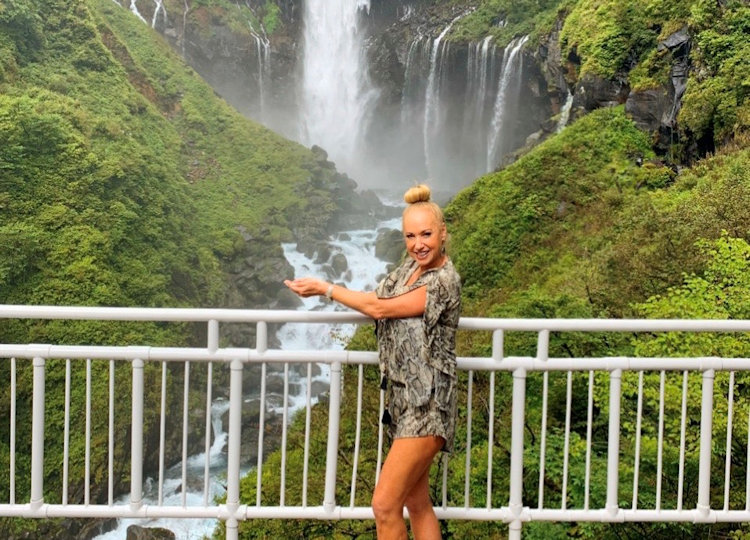
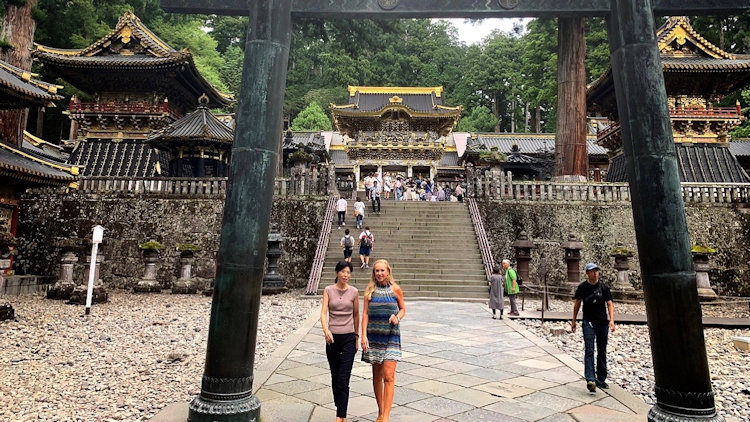
Comments